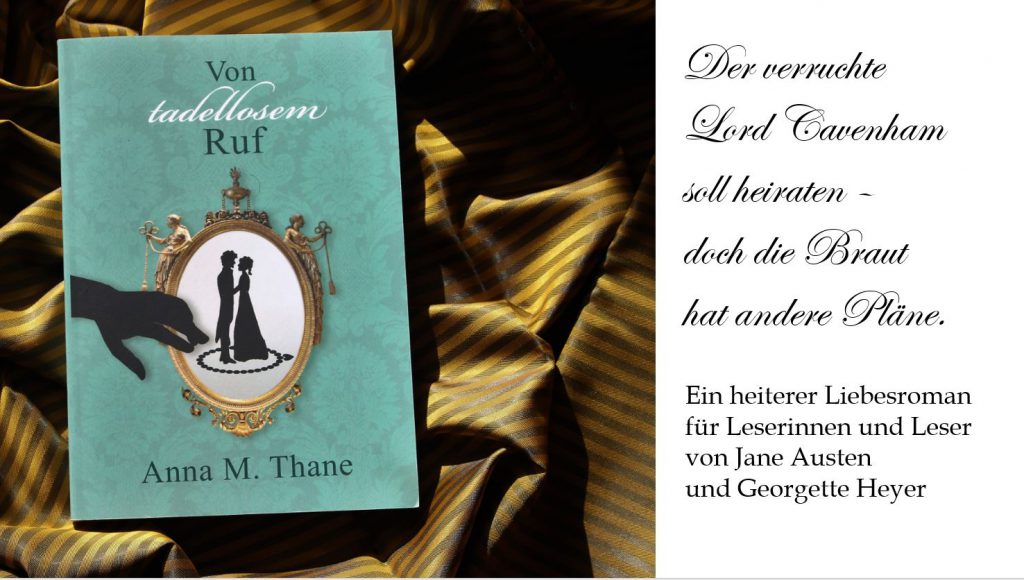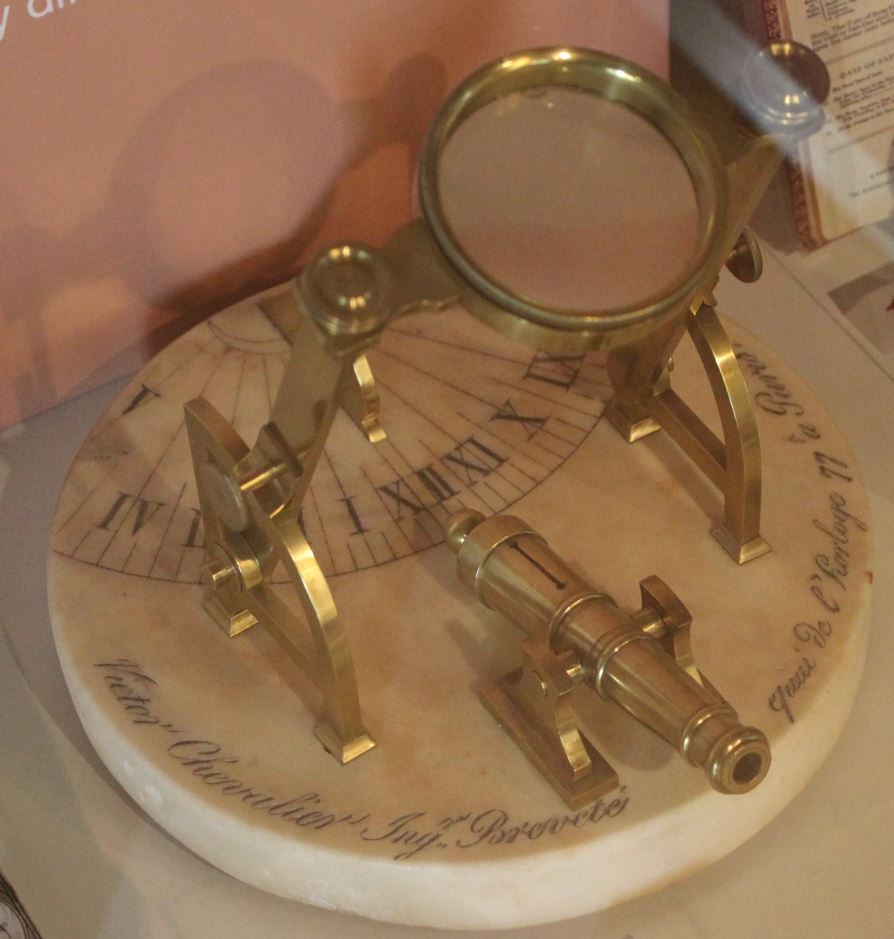
Of course there were clocks, cannons and sundials in the 18th century. There also was an elaborate instrument that seems to be a mix of all of them: the meridian cannon – a sundial with a little cannon announcing 12 o’clock noon with a loud bang.
What looks like a pyrotechnic gadget to amuse your guests or annoy your neighbours is actually a scientific instrument to measure true solar time correctly in an age where many timepieces lost or gained 15 minutes a day.
The meridian cannon was popular from around the 1750ies to the 19th century.
Here is small instrument from around 1800:

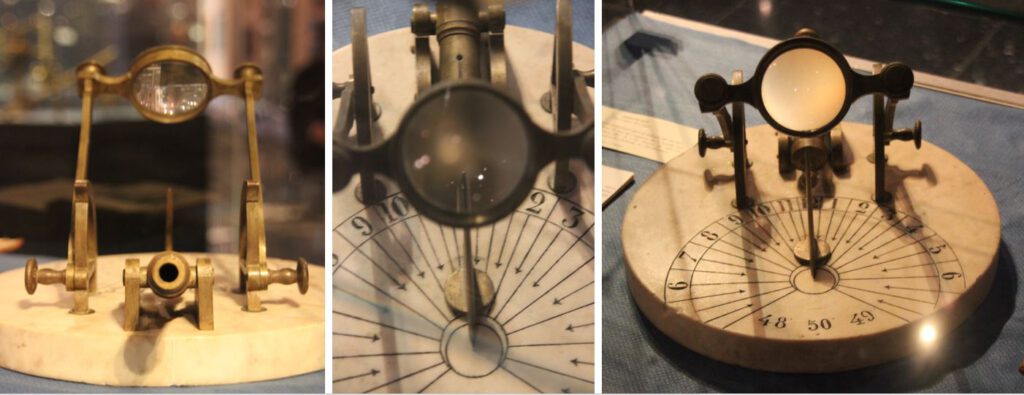
The Parisian instrument maker Victor Chevalier (1770-1841) has been credited with patenting the instrument, but he wasn’t the inventor. Sundial cannons had been around for decades. Already in 1757, Benjamin Franklin made fun of them in his journal “Poor Richard’s Almanack” (https://founders.archives.gov/documents/Franklin/01-07-02-0030).
A famous maker of these instruments was Monsieur Rousseau, a Parisian engineer specialized in the construction of mathematical instruments. His oldest known instrument is dated from 1780. Rousseau installed one of his meridian cannons in the Palais Royal gardens in Paris in 1786. On sunny days between May and October, up to two hundred persons gathered around the instrument at noon to check and reset their watches.

How to use the meridian cannon
- choose a sunny day and a sunny place
- align the cannon to a north-south axis
- adjust the moveable frame which holds the burning glass according to the season
- put gun powder in the barrel
- ram in a small piece of wadding to ensure a good bang
- wait
When the sun is at its apogee, its rays converge onto the touch hole of the cannon and ignite the powder charge in the cannon.
Here is a photo of a firing: meridian cannon from the museum of history of science in Geneva:
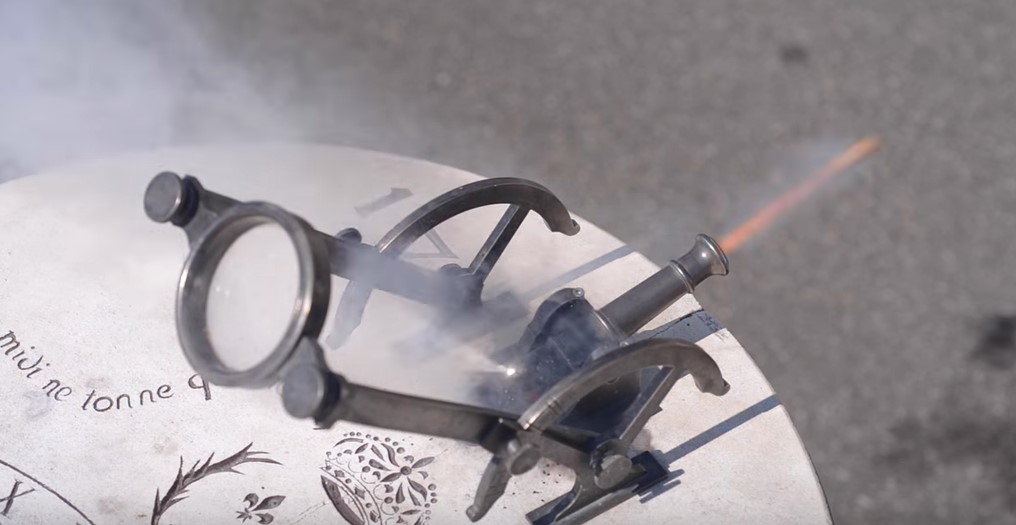
Things to consider when using the meridian cannon
The meridian cannon doesn’t work when it rains, but it is not an instrument only for summer days. During winter, the lens had to be lowered (e.g. four inches in December compared to the position for June) as the position of the sun is lower in winter than during the summer.
As the meridian cannon measures the true solar time, the instrument had to be tailor-made for its location. The measurements according to the geographic latitude were usually engraved in the plate holding the meridian cannon.
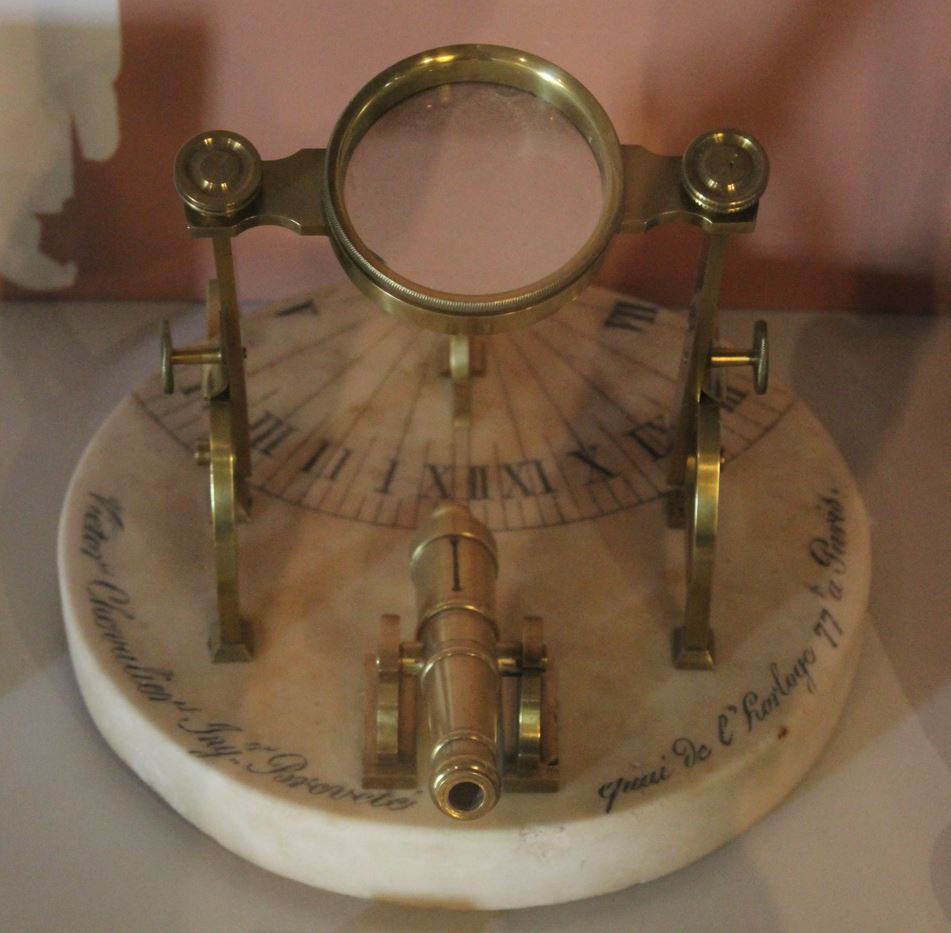
Enjoy a photo-gallery about the experiment to of set the meridian cannon off as if it was 20. May 20 1767: http://www.ingenieurgeograph.de/Aufnehmen/Mittagskanone/mittagskanone.html (by “Ingenieurgeograph” Dr. Martin Klöffler)
Related articles
Sources
- Royal Greenwich Observatory, Blackheath Ave, London SE10 8XJ, UK
- Musée de l’Optique, place de la mairie, 68600 Biesheim, France
- Alexi Baker: Cannon sundials – telling time with a bang; History of Science & Technology at Peabody Museum: https://peabodyhsi.wordpress.com/2020/03/23/cannon-sundials-telling-time-with-a-bang/ , posted on March 23, 2020
- Item of the Month October 2013: “Cannonfire amid the Chimes of Peace”; Deutsches Uhremusuem: https://www.deutsches-uhrenmuseum.de/en/museum/items-of-the-month/item-of-the-month-october-2013.html
- Piers Nicholson: Noon Cannons – A Sundial Conceit, The British Sundial Society, BSS Bulletin Volume 19(iii) September 2007: https://sundialsoc.org.uk/wp-content/uploads/bulletins/B2007%20(v019)/Bull019-3.pdf
- “Ingenieurgeograph” by Dr. Martin Klöffler: http://www.ingenieurgeograph.de/Aufnehmen/Mittagskanone/mittagskanone.html
- Museum of history of science in Geneva: https://www.youtube.com/watch?v=ETM7mYtZSFk
- National Museum of American history: https://americanhistory.si.edu/collections/nmah_1215134
- Musée des arts et métiers, Paris, Frankreich: https://artsandculture.google.com/story/scientific-instruments/8QURBMEogWuCJ
Article by Anna M. Thane, author of the novel
“Von tadellosem Ruf” (http://amzn.to/2TXvrez)
